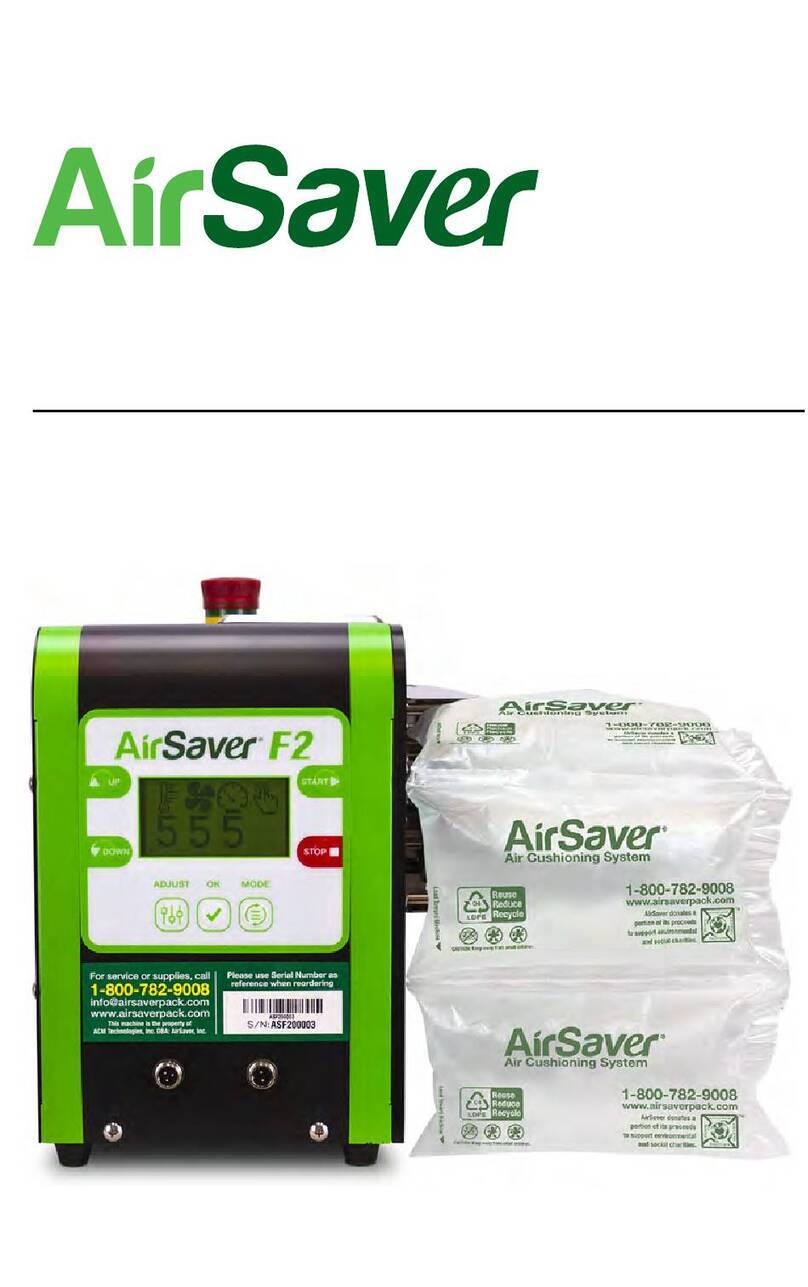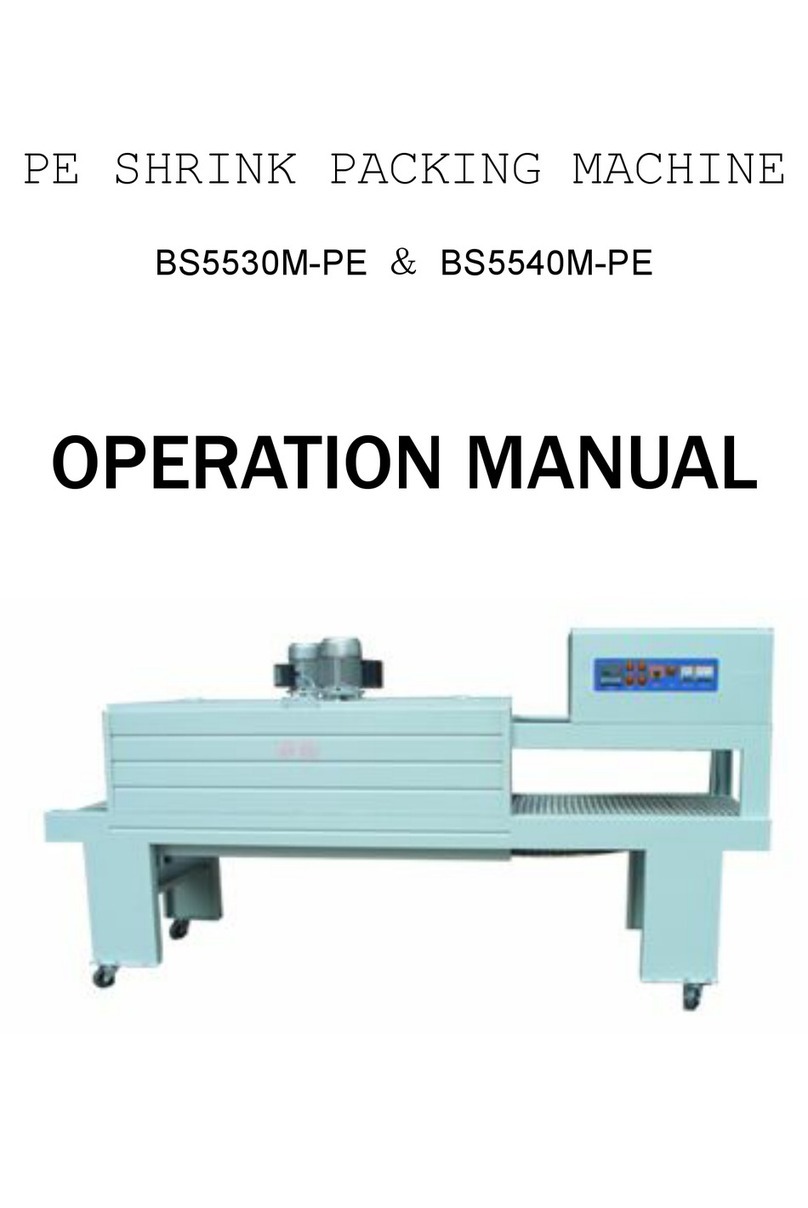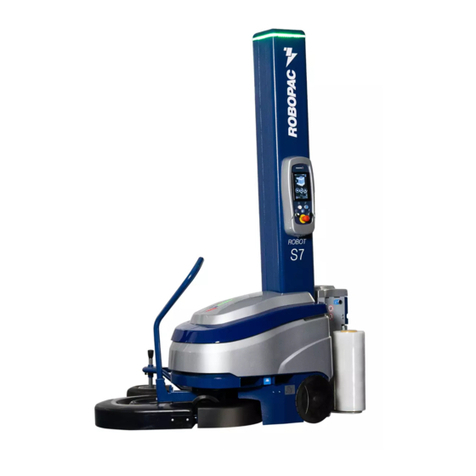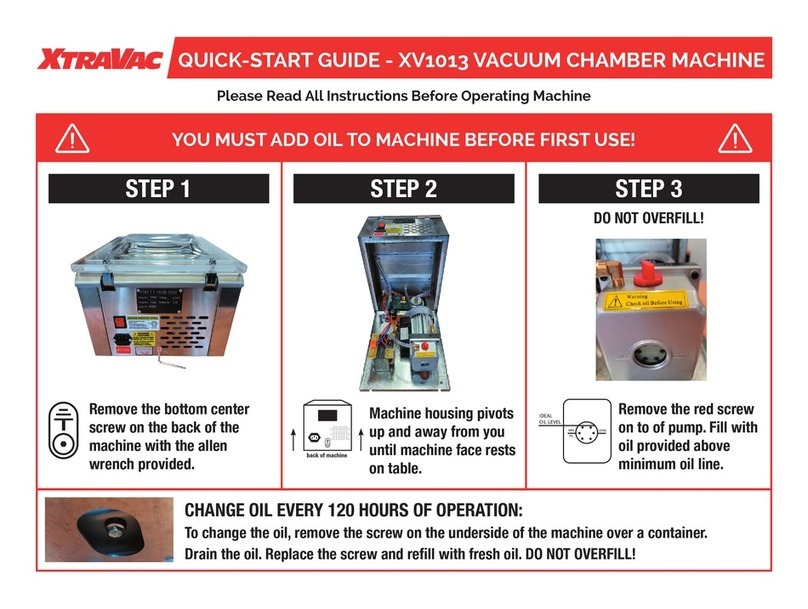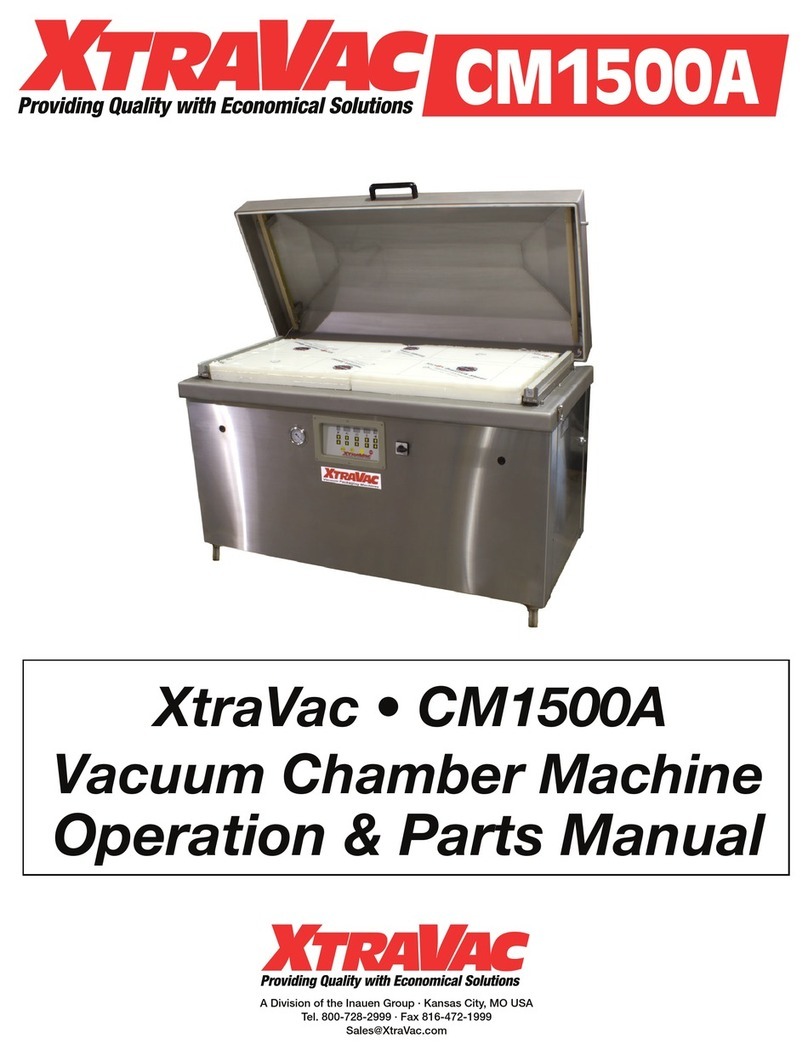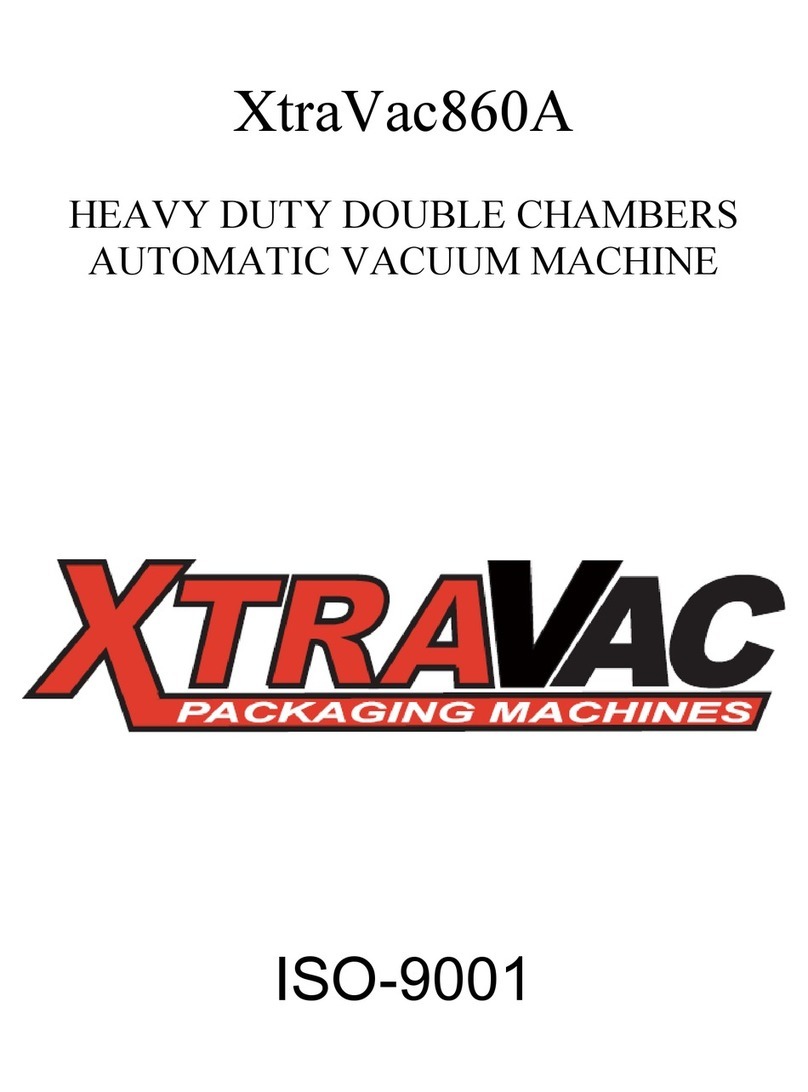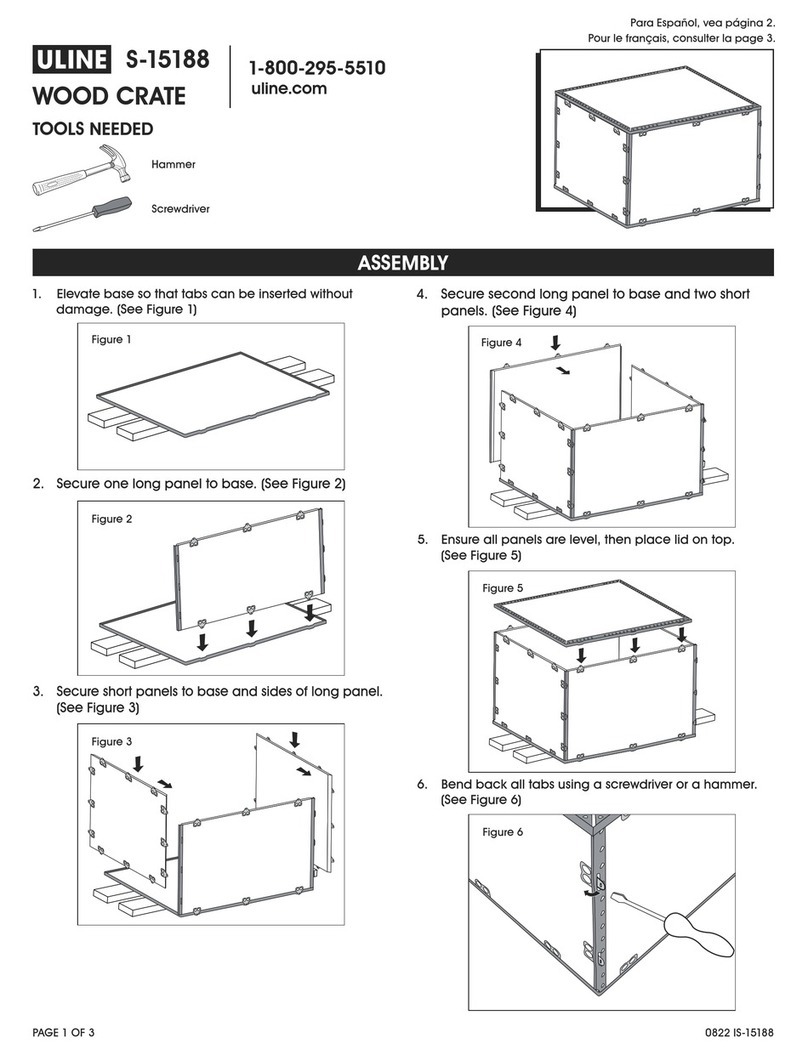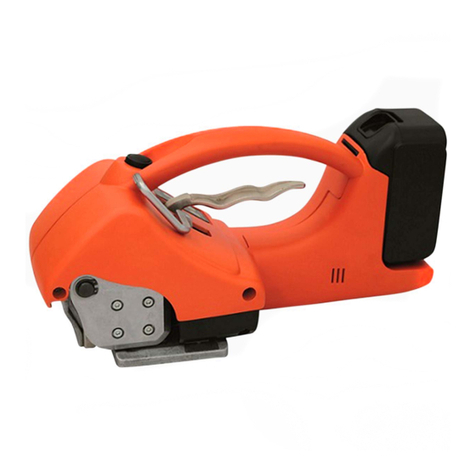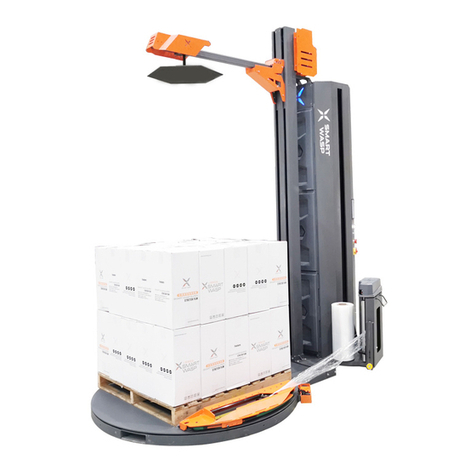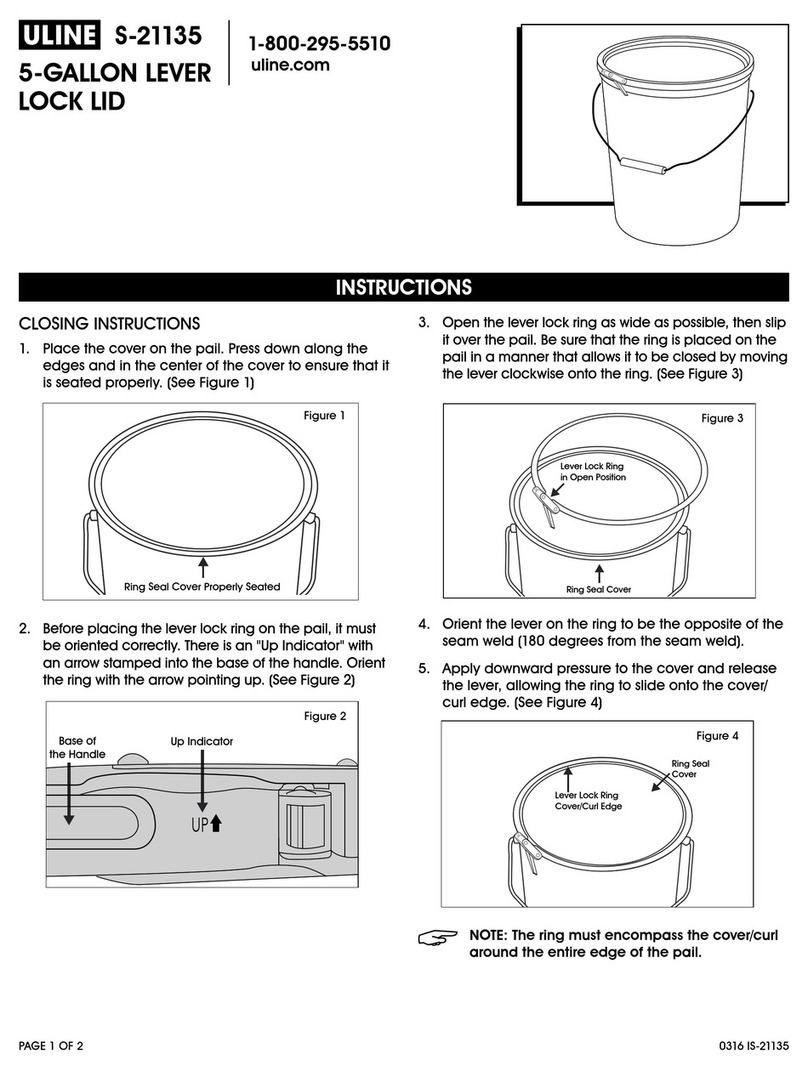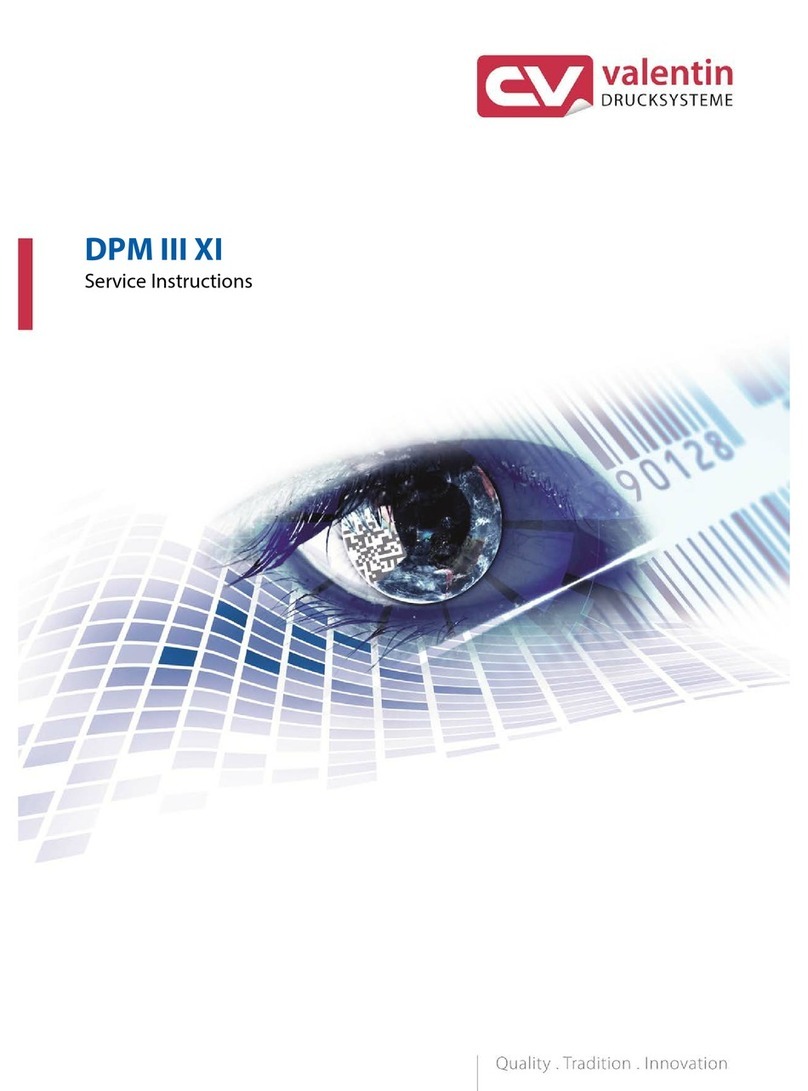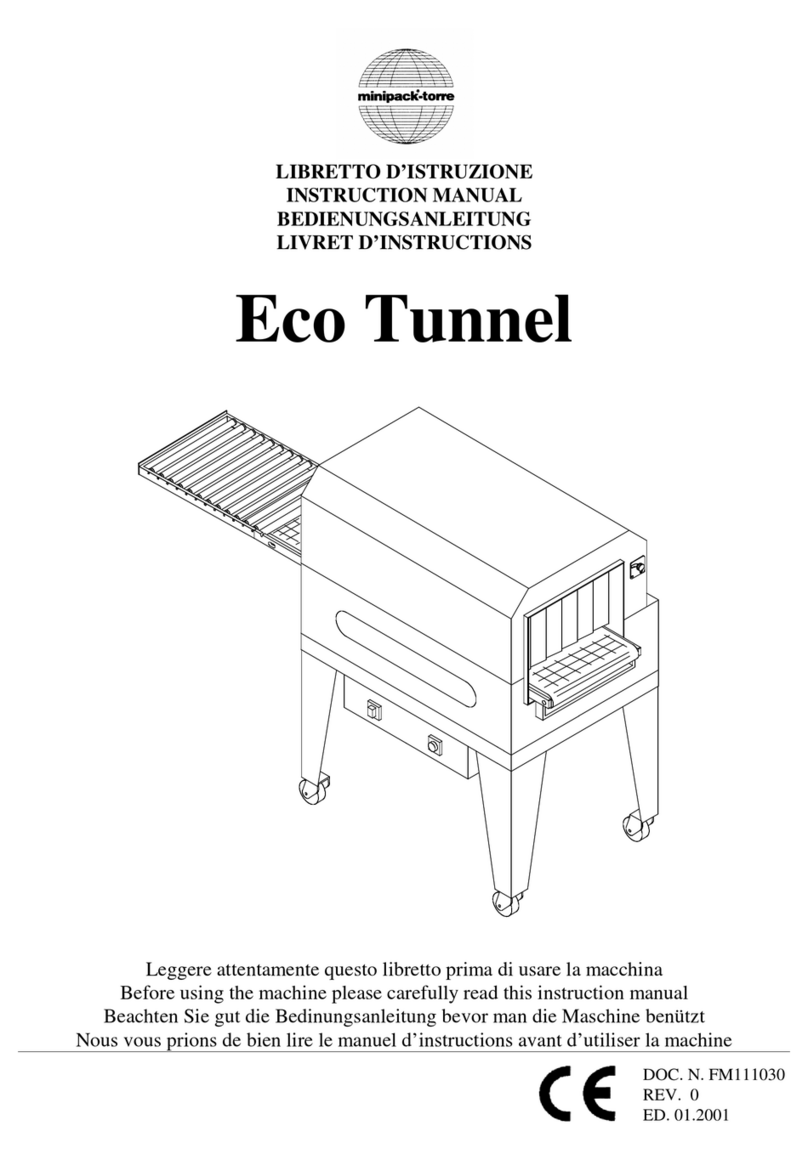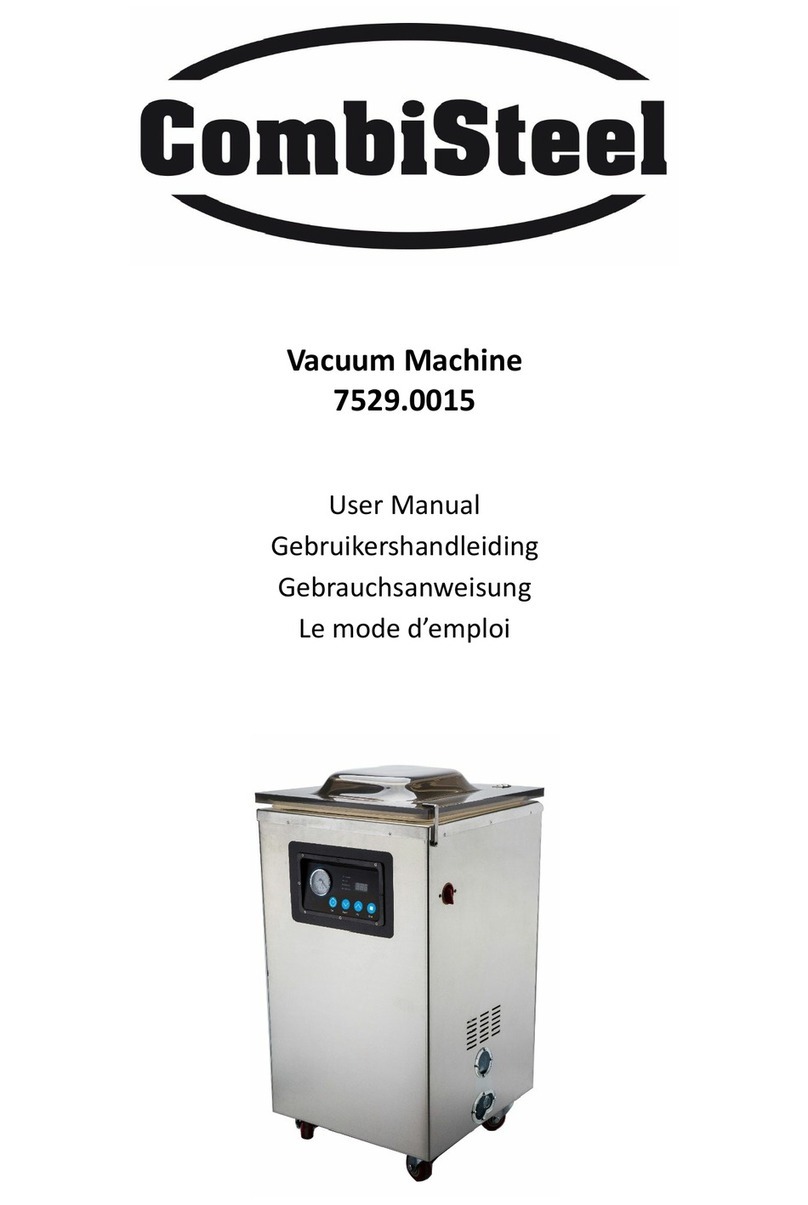
5
1.1.2 Preparations during transportation
1.1.2.1 The weight of this machine is 350-750kg, so that the loading capacity of any
handling device is recommended to be more than 1000kg. If you are not sure of the
safe loading capacity, please contact the manufacturer of such handling device. If
the situation is clearly understood, don’t try to handle the machine by yourselves.
1.1.2.2 Either by lifting or by handling, it’s necessary to check the balance carefully in
advance.
1.1.2.3 The work of lifting or by handling should be carried out by means of qualified
operator.
1.1.2.4 During machine handling, any people or car is not allowed to approach the
surrounding of the machine.
1.1.2.5 During handling, notice that whether there is any person or barrier on the handling
path and the surrounding of the machine. If it is, clear it before machine handling.
1.1.3 Precautions during packing
1.1.3.1 Packing material: Wood case.
1.1.3.2 Packing sequence: Put the wood base on the ground. Then, put the machine on it.
Next, pack the machine with plastic film and put vibration-absorbing board around
the machine. Then, assemble the wood case. At last, Use nails to fix the wood base
and case.
1.2 Precautions before and after machine starting
1.2.1 Precautions before machine starting
1.2.1.1 Before using this machine, read and realize the contents of this manual in detail.
1.2.1.2 Check that whether the voltage is correct.
1.2.1.3 Confirm that whether the electric power and its rating is sufficient.
